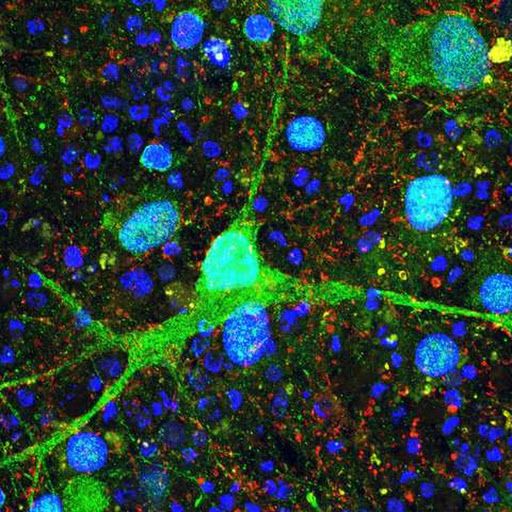This Purkinje neuron was derived from patients with tuberous sclerosis and model properties of the disease at the cellular and molecular level. Sundberg and colleagues first created induced pluripotent stem cells (iPSCs) from patients’ blood cells or skin cells, then differentiated them into neural progenitor cells and finally Purkinje cells. Credit: Courtesy Maria Sundberg, PhD, Sahin Laboratory, Boston Children’s Hospital Increasing evidence has linked autism spectrum disorder (ASD) with dysfunction of the brain’s cerebellum, but the details have been unclear. In a new study, researchers…
Read more










Comments are closed.